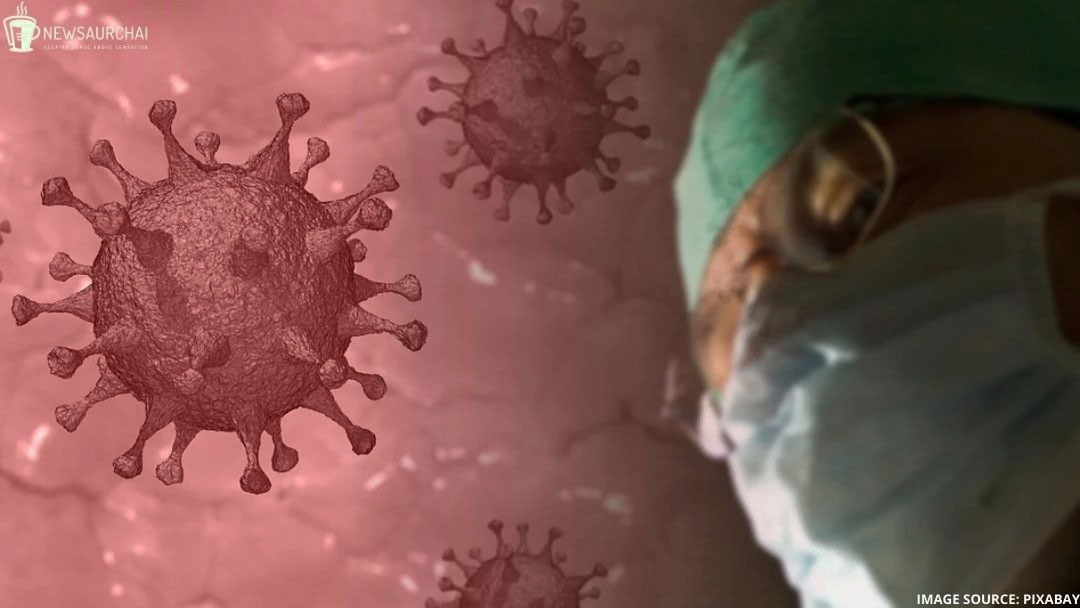
Coronavirus a term that brings a chill down the spine of every human being as the cure to this fatal virus is yet to be discovered. With Italy, Spain, Germany and Iraq facing the highest death rates and the increase in the number of positive cases each day, it is essential to look at the preparedness at the country level to fight this pandemic.
In India, COVID – 19 infection remains low relative to its population size. Despite being second in population after China, accommodating more than 1.37 billion people, India as on March 26 has reported 14 deaths with 625 active cases. If we look into the active cases around the world, it has almost reached 5,00,000, taking the lives of around 21,000 people.
Government claims that they were among the first countries to respond to the outbreak with preparations starting from as early as January 17, 2020, says Health Minister Harsh Vardhan. It was just after a week of China reporting it’s first death from coronavirus. Late in January, the World Health Organisation declared it as a global health emergency that India was already prepared to tackle.
On March 6, 2020, there were 31 positive cases, and by March 10, more than 600,000 people had been tested for the virus at various airports and seaports. More than 27,000 people living in the areas bordering with Nepal were put under observation.
Along with this, the Health Minister said that screening labs were set up in Iran to test the returnees reports. Not only this, but medical personnel were also being trained for the potential outbreak with isolation wards being set up in state-run hospitals. As on March 23, India has 114 functional labs for COVID-19 testing.
Despite that, testing in India had not been up to scale when compared to its relatively large population. Many believe India is likewise trying beneath the scale since it fears that its under-resourced and public health framework could be overwhelmed by patients.
India could be purchasing time to load up on testing units and include separation and medical clinic beds. An unexpected spike can effectively overpower existing medical clinics in cases. It isn’t evident whether there are surplus supplies of covers, gloves, outfits, medications and ventilators.
In the past few days nation witnessed, 32 out of 37 states had announced statewide lockdown; all non-essential services were on hold.
At a news briefing, Balram Bhargava Director-General at the Indian Council of Medical Research said the country has a test capacity of 60,000 to 70,000 per week. The numbers of cases in India are relatively low, but most of the positive cases have been connected to overseas travel. It may be because coronavirus may thrive in colder conditions, meaning that it might not spread so quickly in India where temperatures are often more than 30 degrees Celsius.
Since 29.4 per cent of the urban population lives in slums, it is difficult for them to wash hands on a regular basis and maintain the said level of hygiene. The proposition of social distancing proved to be difficult, with 455 people living per square kilometre in India.
PM Modi on March 23, 2020, announced a total lockdown for 21 days starting from March 24, in a bid to curb the virus with the various states’ government ordering the shut down of schools, universities and encouraging on social distancing.
Even with the lockdown, the livelihood of daily workers was severely affected by government urging the employers not to cut out daily wages despite the lockdown and help those in need.
Though WHO claims that the coronavirus has not reached to the community level in India yet; India is not prepared enough to handle this pandemic despite having many measures and cautions in place.
Other Challenges
In the event of a major outbreak, India will face additional challenges. The quality of its public health system is tremendously uneven. Existing hospitals can be easily overwhelmed by a sudden spike in admissions. It is not clear whether there are adequate supplies of masks, gloves, gowns, drugs and ventilators.
Experts say that India is yet to establish a 21st-century health management system, so we will have to bear the consequence of that gap.
India has a prompt detection, plus effective triage ensure that milder infections are taken care of at home, and hospital admissions are reserved strictly for critical patients. However, authorities are right now after the lockdown is struggling to keep people stay put in the house.
Moreover, the Indian mentality of believing everything that is prevalent over social media without validating is yet another problem which will help in spreading misleading information about the virus. India needs to strategise nimbly and communicate openly and transparently to prevent the spread of infection – 24-hour hotlines.
As assured by the health ministry, as of now, there is no need to panic; however, India needs to be very vigilant and open about the spread and containment of the infection.






One Comment